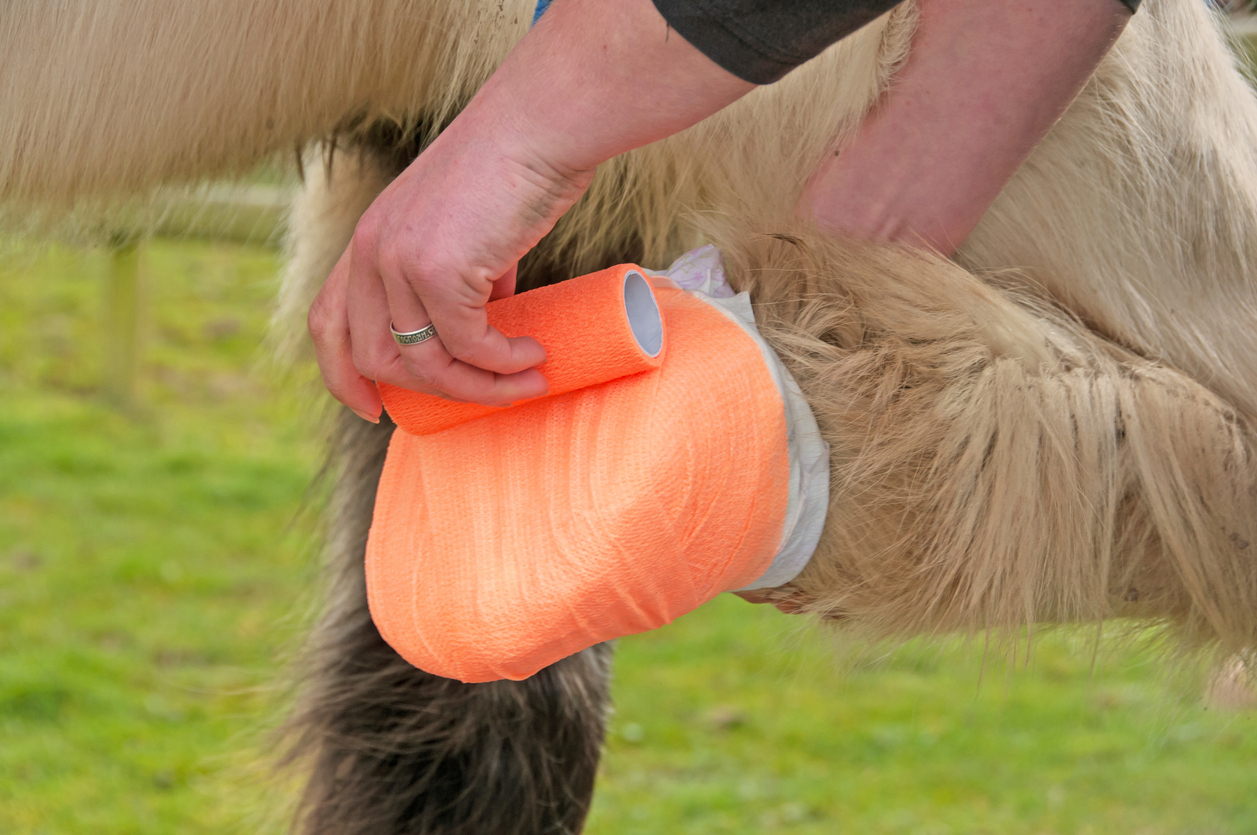In addition to vaccination there are several things you can do to protect your horse from tetanus—mainly reducing his risk of injury and taking proper care of those wounds that do inevitably occur.

• Pick up debris and minimize sharp edges in your horse’s environment. It seems inevitable that if there’s a single nail on the ground, sooner or later it will end up in a horse’s foot. Try to pick up all stray nails and other debris after farrier visits as well as after construction or repair work around the farm. To further reduce tetanus risk, inspect fences, stalls and other structures to find and repair loose nails, splinters or other sharp projections that may cause injury. “Continually scrutinize the safety of the horses’ environment because if there is anything unsafe, they will find it sooner or later and get hurt,” says Nat Messer, DVM, DABVP, professor emeritus of the University of Missouri.
• Clean all wounds, no matter how small. Even very tiny wounds can lead to problems. Take time to cleanse all wounds: Rinse away any dirt or debris, and consider a quick wash with a topical disinfectant. “If the horse has been vaccinated and gets a small wound that the owner is capable of treating, they don’t have to worry about having a veterinarian come out to give a tetanus shot,” Messer says. “The horse is protected.”
• Take puncture wounds seriously. Deeper wounds that close over at the surface are more likely to harbor serious infections under the skin. Wounds on the lower legs and hooves, which are more likely to be exposed to dirt and manure, are even more vulnerable and increase tetanus risk.
• Always try to determine the depth of your horse’s wounds. If you’re unsure, ask your veterinarian to clean the wound out. If it has been some time since your horse’s last tetanus booster, your veterinarian may recommend administering one. “If it’s within a month of when the next booster is due, it would be wise to booster at that time and consider that the annual booster,” Messer says.
• Monitor mares during and after foaling. A retained placenta or damage to the reproductive tract caused by a difficult birth can lead to serious infections, including tetanus risk. Contact your veterinarian immediately if your mare has either of these issues.
Don’t miss out! With the free weekly EQUUS newsletter, you’ll get the latest horse health information delivered right to your in basket! If you’re not already receiving the EQUUS newsletter, click here to sign up. It’s *free*!








